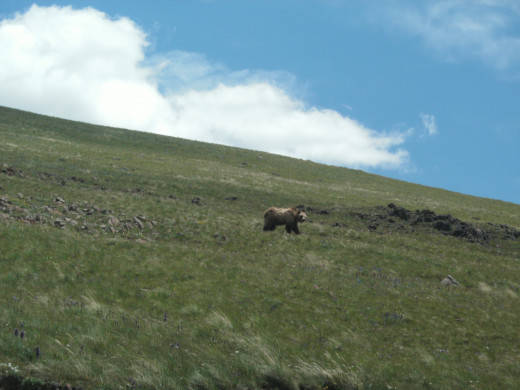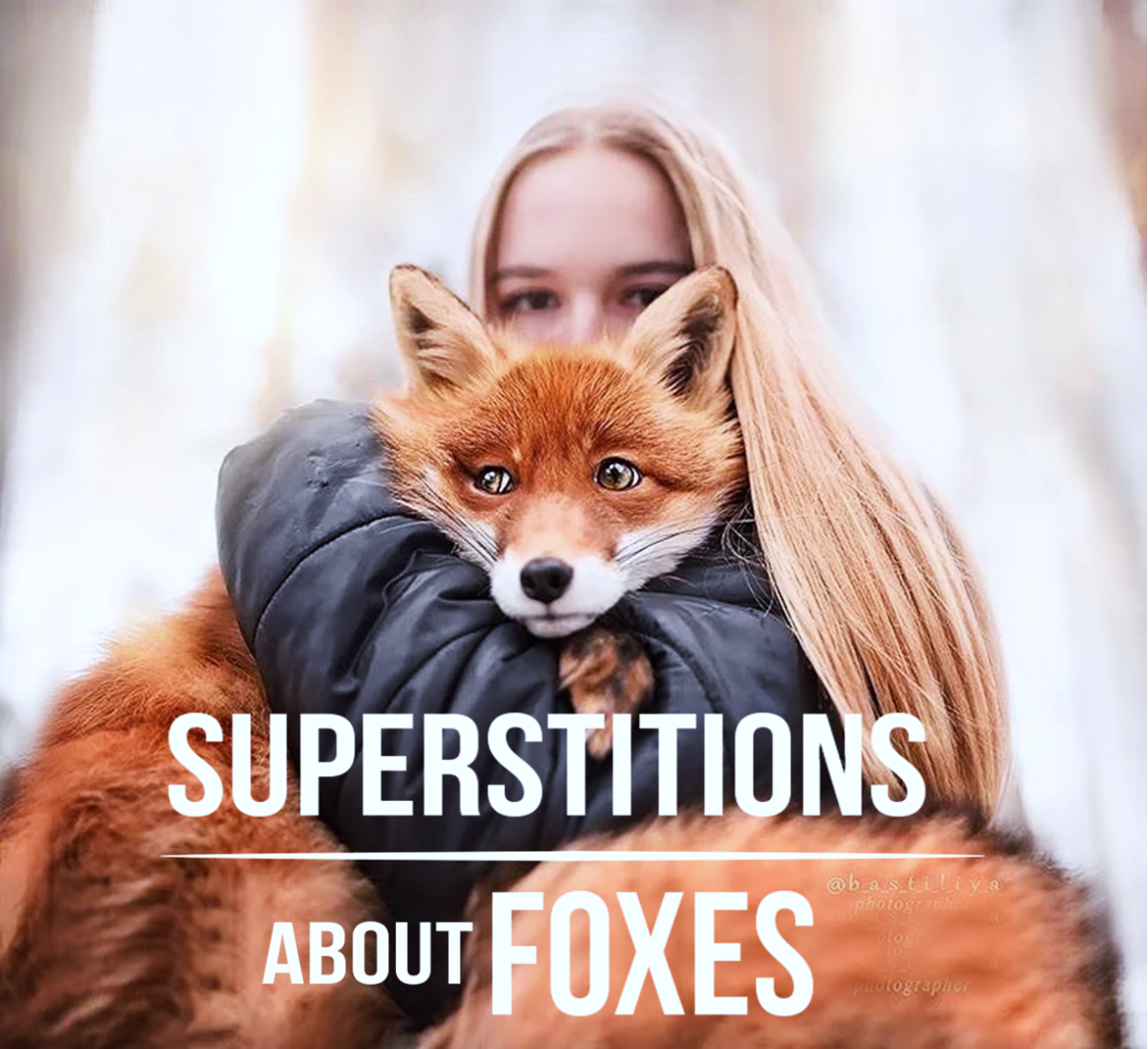How to Respond if you See a Bear in the Wilderness
Bears are an abundant species, existing in just about every state of the union, yet unless you're a park ranger, everyone knows it's very uncommon to actually see one. Knowing that they're out there, but hardly ever show themselves can make people uncertain, even fearful at times as to how to react in the event they ever did happen to get close to one of these furry creatures. What people oftentimes don't realize is that there's a reason we hardly ever see bears while driving, or out hiking in the wilderness: they're more afraid of us than we are of them. Everyone's heard a story about a person getting killed or injured by a bear, but we rarely hear the stories about the numerous bears that are killed or injured by humans every year. The truth is, we're far more of a threat to bears, than they are to us, and they know it. As such, they understandably want nothing to do with humans.
However, there are plenty of places people visit frequently where bears are protected: state and national parks, for example, and in such places bears are typically far less fearful of humans. Such places will typically have warning signs alerting guests of the bear populations. The common immediate reaction to signs like these is become a bit weary in light of the fact of knowing you're in a place where you're no longer at the top of the food chain. Having been around plenty of bears myself, however, I don't believe this should inhibit people from enjoying the wildernesses in areas where bears are common, or to even feel the least bit frightened of ever happening up on one. Only under extremely rare circumstances will a bear ever attack you. While it can still happen, the bear typically will have to have a pretty good reason to feel as if it's being threatened to the point where it needs to defend itself. Here's what to keep in mind to ensure this doesn't happen to you.
Observe the Situation
If the bear knows you're there, and it hasn't bolted off into the wilderness yet, you're likely in a protected area. No need to panic. It's probably just used to humans. If the bear isn't moving, it's likely eating, (something bears are doing almost constantly to keep up their body weight). Understand that it won't attack you unless you give it a reason to. People oftentimes aren't aware when they have encroached within a bear's boundaries. Use your common sense. Pay attention to what it does. A bear will let you know when you've come too close, typically by lifting its head and glancing at you. The below photo was taken on a mountainside at Yellowstone National Park, amongst one of the most likely locations in the nation to spot a bear, (although this one I stumbled over unintentionally while hiking). It was taken at the very moment the displayed Grizzly Bear decided I had gotten close enough.

Once the bear has used its body language to make you aware of it's comfort zone, don't obviously get any closer. Respect it's boundaries, and you shouldn't have anything to worry about.

If the Bear Starts to Approach You
If the bear knows you're there, and it decides to move towards you, the natural response, obviously, is to freak out. However, try not to panic if this ever happens. Chances are, the bear means you no harm. I once spent a weekend doing volunteer work at a bear resort in Northern Minnesota. Guests could only observe the wild black bears from a bridge, but employees and volunteer workers were allowed to roam around where the bears ran free. The bears, some of which were over 300 lbs., liked to test people by approaching them. I found the best way to react to these encounters was to raise my arms with my palms facing the bear, and back away slowly, if necessary. It wasn't long before I realized none of the wild bears around this resort had any intentions of injuring humans. However, if you're alone in the wild, it's best not to take any chances, and showing fear is a sign of weakness that bears pick up on in a hurry. If the bear doesn't sense that you're afraid, it's less likely to attack you, so long as you don't give it a reason to attack. Respect the bear without panicking and the bear will likely leave you alone. Easier said than done, you might be thinking. Trust me, the more experiences you have being around wild bears, the more you will realize there's really nothing to be afraid of.
Carry Repllents
Bear repellents, such as mace and pepper spray, are safe and legal products available online, and at most sporting goods stores. I've never carried any of them personally, but I don't discourage the practice of doing so. If your feeling of safety while in a bear populated forest depends on a little extra protection, by all means take along a safe bear repellent product of your choice, read the instructions carefully before using, and carry it with you on your next wilderness hike.




